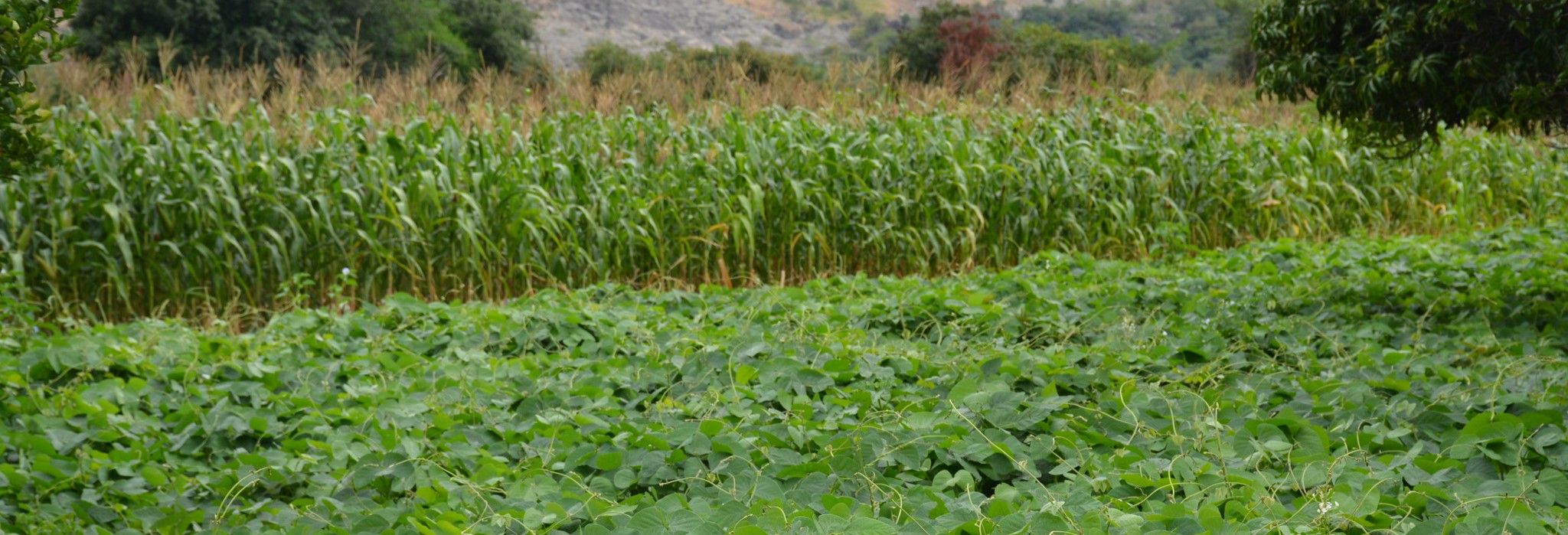Buffering Climate Extremes in Zambia: The Essential Role of Delivery with a Difference
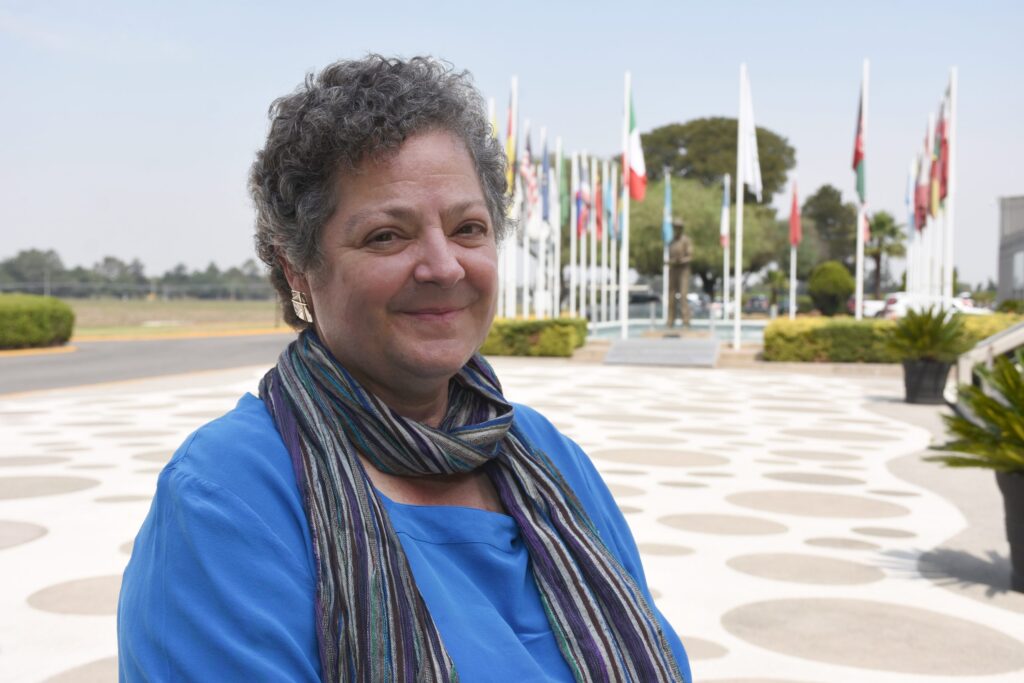
Climate change is upending weather patterns across Africa, presenting dire challenges for farming communities. In Zambia, the impact is particularly harsh. Agriculture is the lifeblood of the economy, with two-thirds of the country’s workforce employed in agriculture, and 78% of these workers are women.
The country faced a severe El Niño during the 2023/2024 season, causing a severe drought that devastated over 1 million hectares of cropland. The president declared it a national disaster. El Niño events typically result in catastrophic drops in crop yields, often reducing maize harvests by 30-40%. These events not only impact food security but also hinder economic growth, with the agricultural sector’s contribution to Zambia’s GDP dropping from 9.4% to 3.39%.
The devastating El Niño-induced drought in Zambia is starkly illustrated by the story of Melody Limweta, a 31-year-old farmer. She and her husband, Collins Manenekela, have seen their already fragile livelihood pushed to the brink by severe water shortages. Typically, they rely on dry season gardening and small-scale farming, including raising chickens, during the rainy season. However, the drought has dried up local water sources, making gardening impossible and sharply reducing their income. The couple’s practice of planting maize in the same field each year with recycled seeds and traditional methods has worsened their situation, as the El Niño-induced rainfall deficits have led to poor yields. Their primary source of food and income has withered in the field due to insufficient rainfall.
A consortium of partners led by the International Maize and Wheat Improvement Center (CIMMYT) have joined together as a rapid delivery hub for these challenging times, providing vital support to rural communities and families such as Melody and Collins. Farmers have a strong voice in this unique delivery mode. With support from the people of the U.S. government, the Southern Africa Accelerated Innovation Delivery Initiative (AID-I) is promoting access to drought-tolerant crops, climate-busting and nutritious legume seeds, agricultural advice and early warning systems to combat climate change. AID-I provides critical support to ensure that millions of smallholder farmers in the Haut-Katanga region of DR Congo, Malawi, Tanzania, and Zambia have access to information and innovations needed for gains in food production that help buffer drought, flood and rising food, fuel, and fertilizer prices.
Speed and Scale: planting drought-tolerant maize
The idea of the ADI-I as a rapid delivery hub is to make available innovations and agronomic information at both speed and scale. Traditional farming methods and crops struggle with climate extremes like El Niño, which bring prolonged dry spells and heatwaves. Drought-tolerant maize varieties offer a promising solution by enhancing agricultural resilience. These adapted maize varieties yield 30-50% more than traditional ones under drought conditions, as demonstrated in recent trials during El Niño periods. However, these improved varieties are only useful when in farmers’ hands.
Working with local partners, AID-I is scaling drought-tolerant maize varieties to help Zambian farmers manage unpredictable weather patterns. In the 2023/2024 season, approximately 27% of Zambia’s smallholder farmers saw a significant boost in their maize harvests, benefiting over 900 thousand people in drought-affected regions, owing to drought-tolerant maize varieties. Over six hundred thousand households planted drought-tolerant maize varieties and produced 235 thousand metric tons of maize, accounting for 19% of Zambia’s maize production in the 2023/2024 season. This is huge return, as only 10% of the maize-growing area being planted with these resilient varieties.
Crop diversification for family nutrition
In addition to drought-tolerant maize, studies indicate that diversifying with legume crops is crucial for managing weather extremes, especially droughts and for improving soil health. Planting legumes helps spread the risk with varied planting and harvest times, cushioning the impact of erratic rainfall on crop yields. Women can feed their families due to crops like peanuts that mature early and need less rainfall. The benefits are sustained over time, as combining legumes with cereals improves overall nutrition and soil health, even amid unpredictable weather.
To support this effort, AID-I linked over 2,000 farmers to high-quality seeds for groundnuts (peanuts) and soybeans. On average, each household harvested about 80 kg of groundnuts and 175 kg of soybeans, earning roughly $75 and $58, respectively. Collectively, this initiative produced about 205 metric tons of these crops, accounting for around 14.3% of Zambia’s total production in the drought-stricken season. Farmers had a voice in choosing which crop varieties to grow through a feedback system called ‘let’s chat’ where with an ordinary flip phone farmers could call in and learn from their neighbour’s recorded commentary and testimonials. For the first time ever, farmers could provide comments on which crops they preferred, providing a lifeline of communication with agritraders, government and agricultural advisors.
A recent assessment found that Zambian women made up 60% of those benefiting from cowpeas, 65% from groundnuts, 62% from soybeans, and 36% from drought-tolerant maize.
Forewarned is forearmed – early-warning systems
Weather information services, especially early warnings about upcoming droughts, are vital for helping farmers adapt to climate change. Accurate and timely weather forecasts enable farmers to make informed decisions about planting, resource use, and crop management. This reduces losses and boosts productivity. Research shows that access to climate information can significantly increase crop yields and incomes, with some farmers experiencing up to a 66% boost in yields and a 24% rise in income.
The forecast of an El Niño for the 2023/2024 season prompted an early warning campaign to raise awareness about the hazards associated with El Niño and provide response mechanisms for smallholder farmers. AID-I used an Interactive Voice Response platform hosted by Viamo, a global social enterprise that uses mobile technology to connect people to valuable information and services. This rapid El Niño advisory campaign reached over 500 thousand farmers, with 60% male and 40% female listeners, and 93% of them under 35 years old. The campaign provided crucial advice on planting schedules, drought-resistant crops, and water-saving techniques.
Additionally, AID-I established demonstration sites that showcased effective winter crop production methods and introduced over 2,000 farmers to innovative agricultural practices. These interventions significantly improved farmers’ ability to respond to the drought.
Looking ahead
Scaling the adoption of drought-tolerant maize, improved legumes, and timely advisories is vital to protecting Zambia’s agriculture from climate extremes. The introduction of an AID-I-supported digital advisory campaign in September 2023 was a turning point for farmers like Melody and Collins. By engaging with the content, they learned about improved seeds, crop rotation, and better agronomic practices, which helped them cope with ongoing challenges and protect their resources. Initiatives like this can help families on the margins survive and rebuild agricultural production faster.
AID-I’s impact on families like Melody and Collins shows that investing in rapid delivery hubs is crucial for building resilience in farming communities. Expanding such initiatives will ensure more smallholder farmers have access to the innovations needed to maintain or increase food production amid climatic challenges.
Additionally, studies by organizations like Springer and the American Geophysical Union highlight the importance of integrating rapid delivery hubs into mainstream agricultural programs to enhance climate resilience and food security. Therefore, this necessitates an open call for international development allies—including donors, governments, NGOs, and businesses—to incorporate initiatives like AID-I into broader agricultural agendas, essential for fostering resilience and ensuring the future stability of farming communities in Zambia and beyond.
*Dr. Sieg Snapp is a leading agricultural scientist, renowned for creating the “mother and baby” trial design, a global method that enhances farmer-researcher collaboration, improving genetics and soil management in 30 countries. As Program Director at CIMMYT in Mexico, she oversees sustainable agrifood systems research, leading a large team focused on supporting smallholder farmers in Latin America, Africa, and Asia. Her work emphasizes gender-aware, inclusive development and has fostered partnerships for sustainable agricultural practices. A Professor at Michigan State University with over 180 publications, Dr. Snapp has also significantly influenced agricultural policy and technology adoption in Africa. Her contributions have earned her numerous prestigious awards, and she holds a Ph.D. from the University of California Davis.
Original article published in Pan African Visions
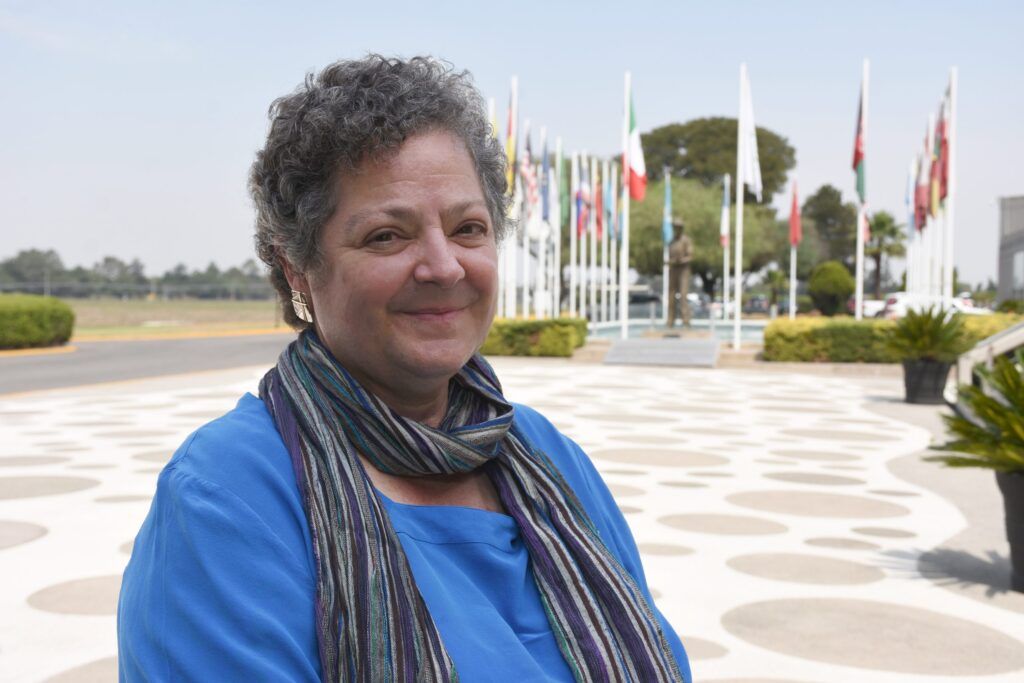
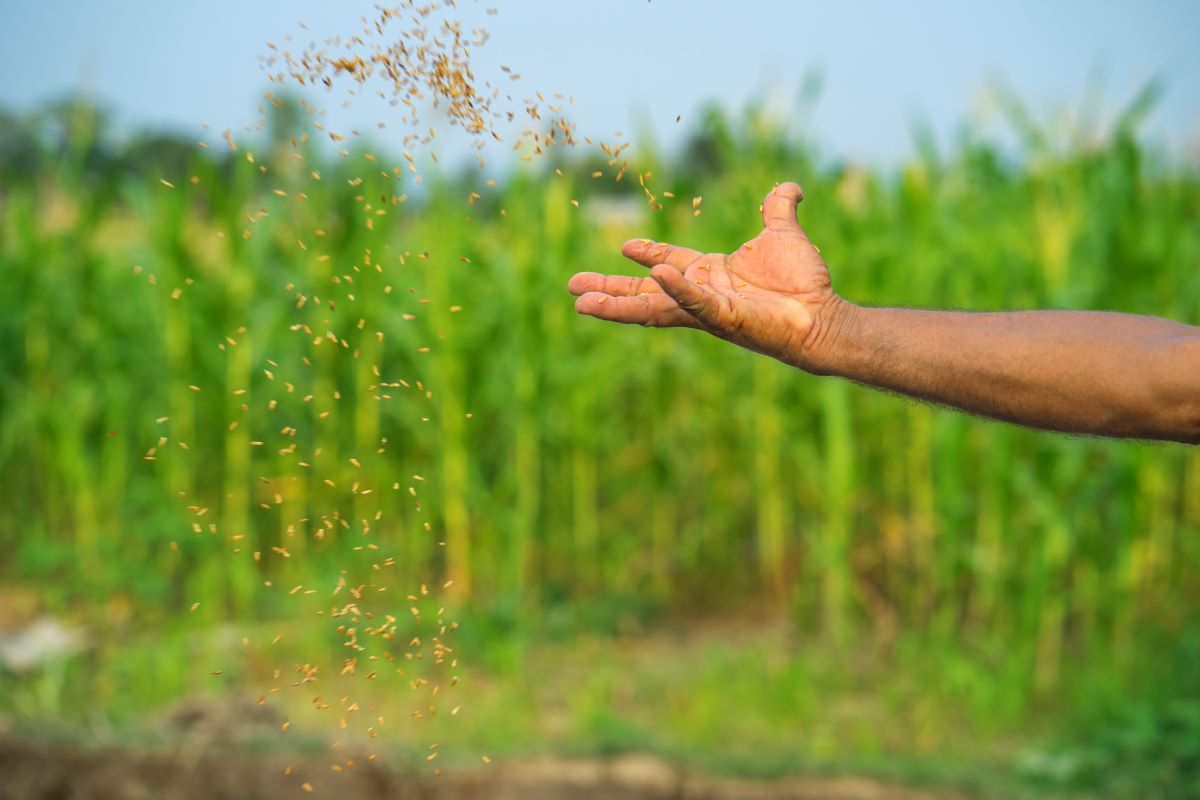
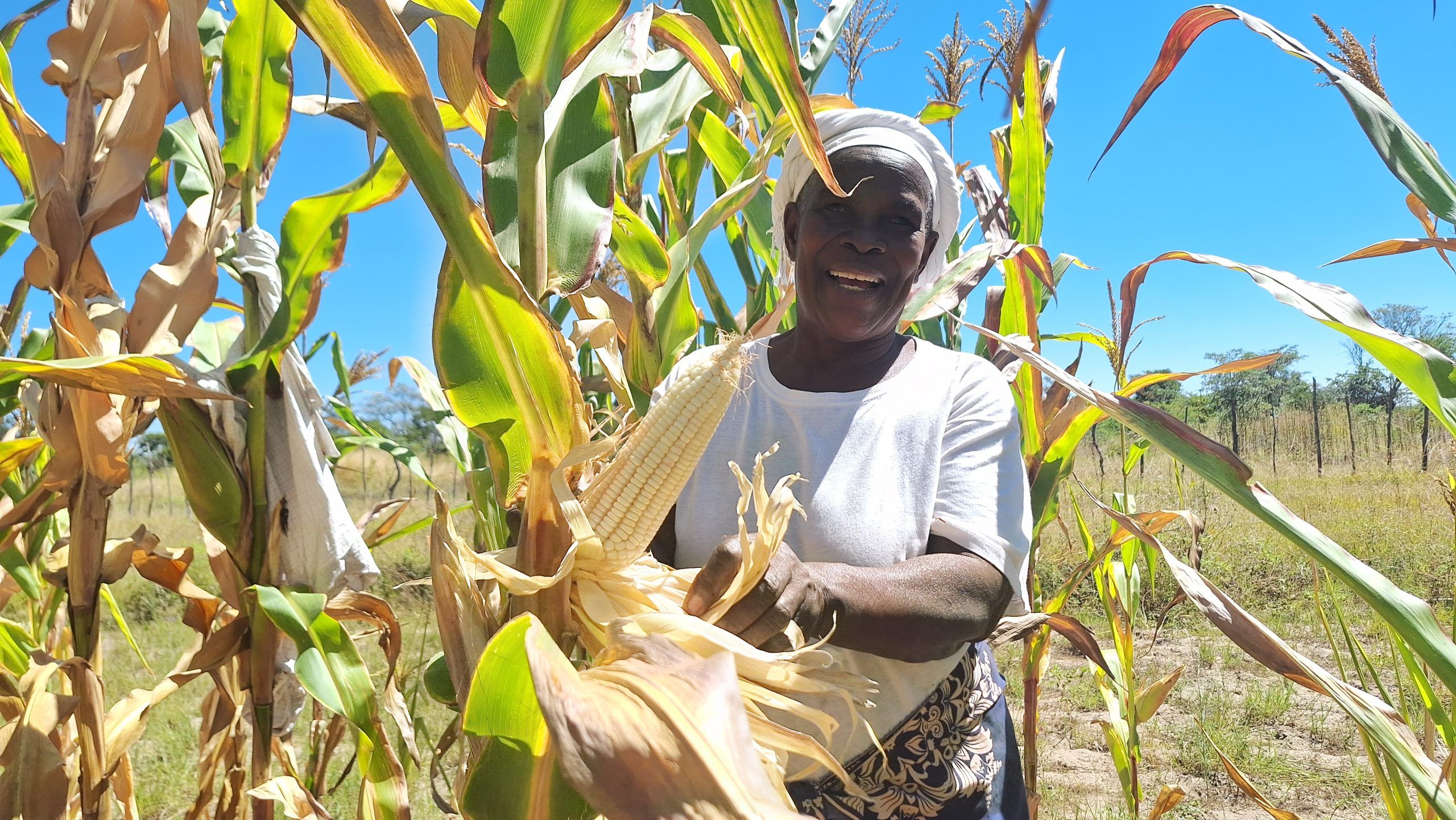

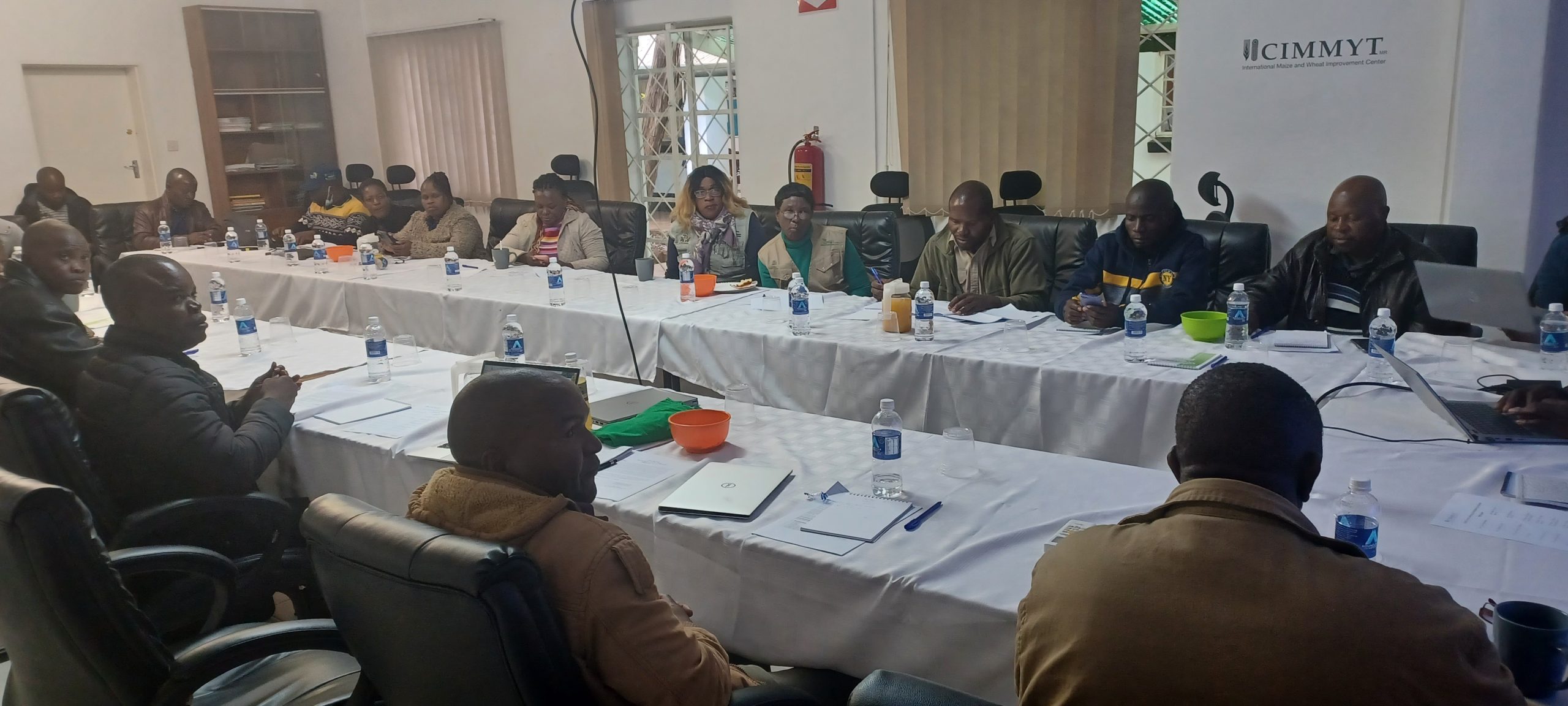



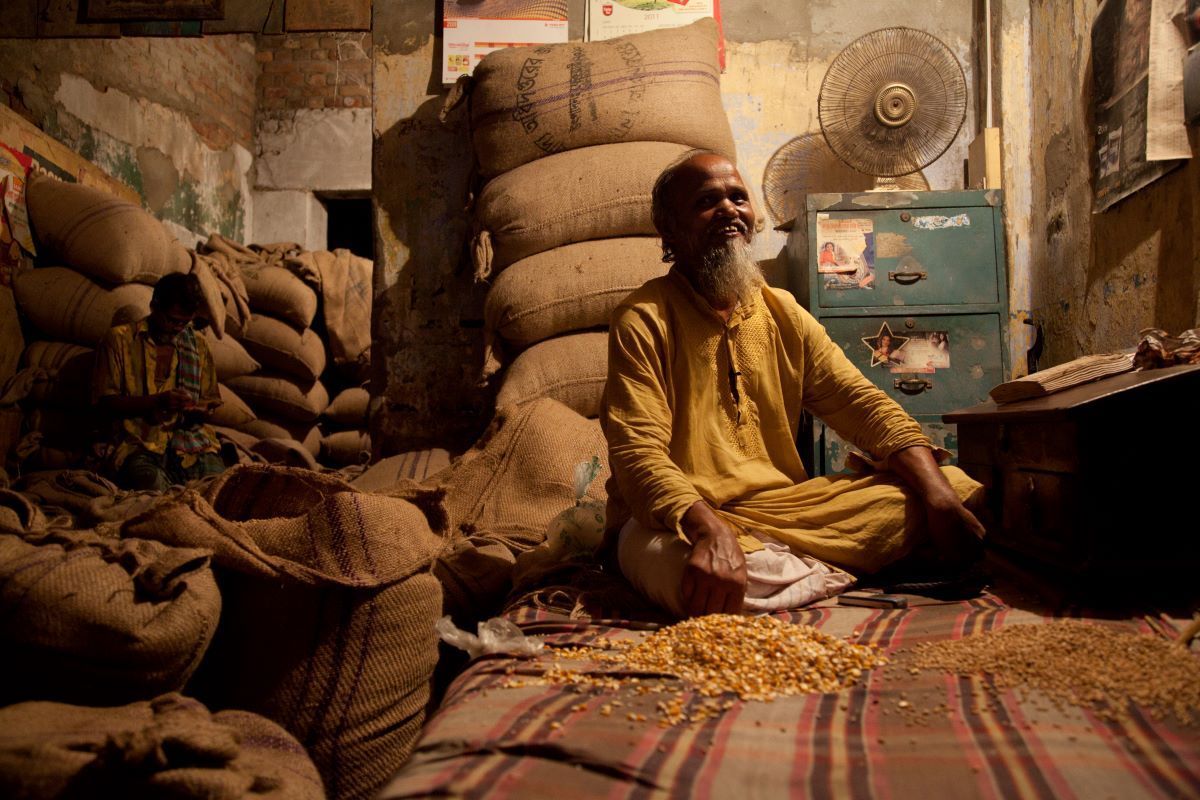

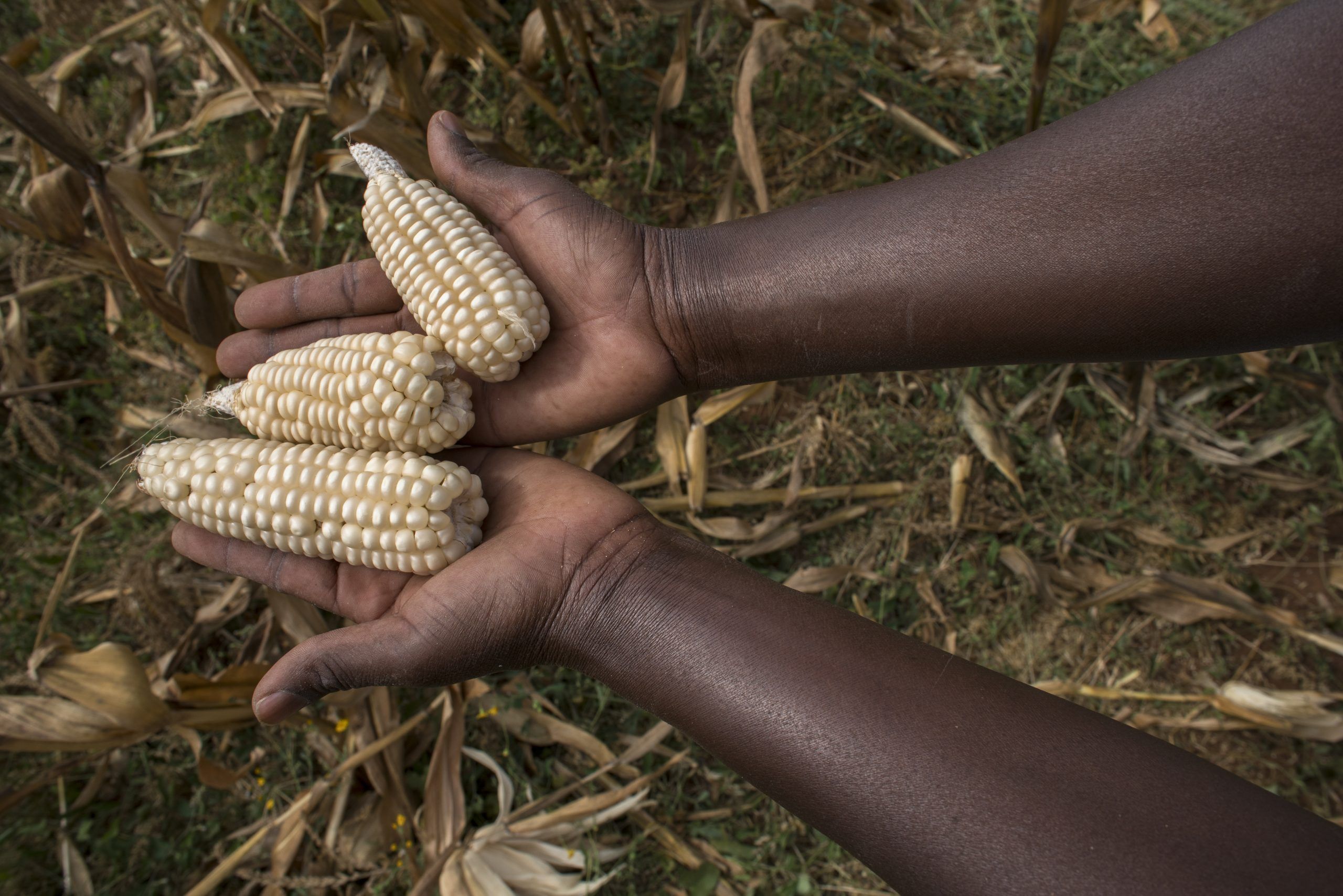
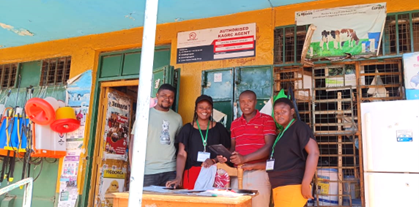
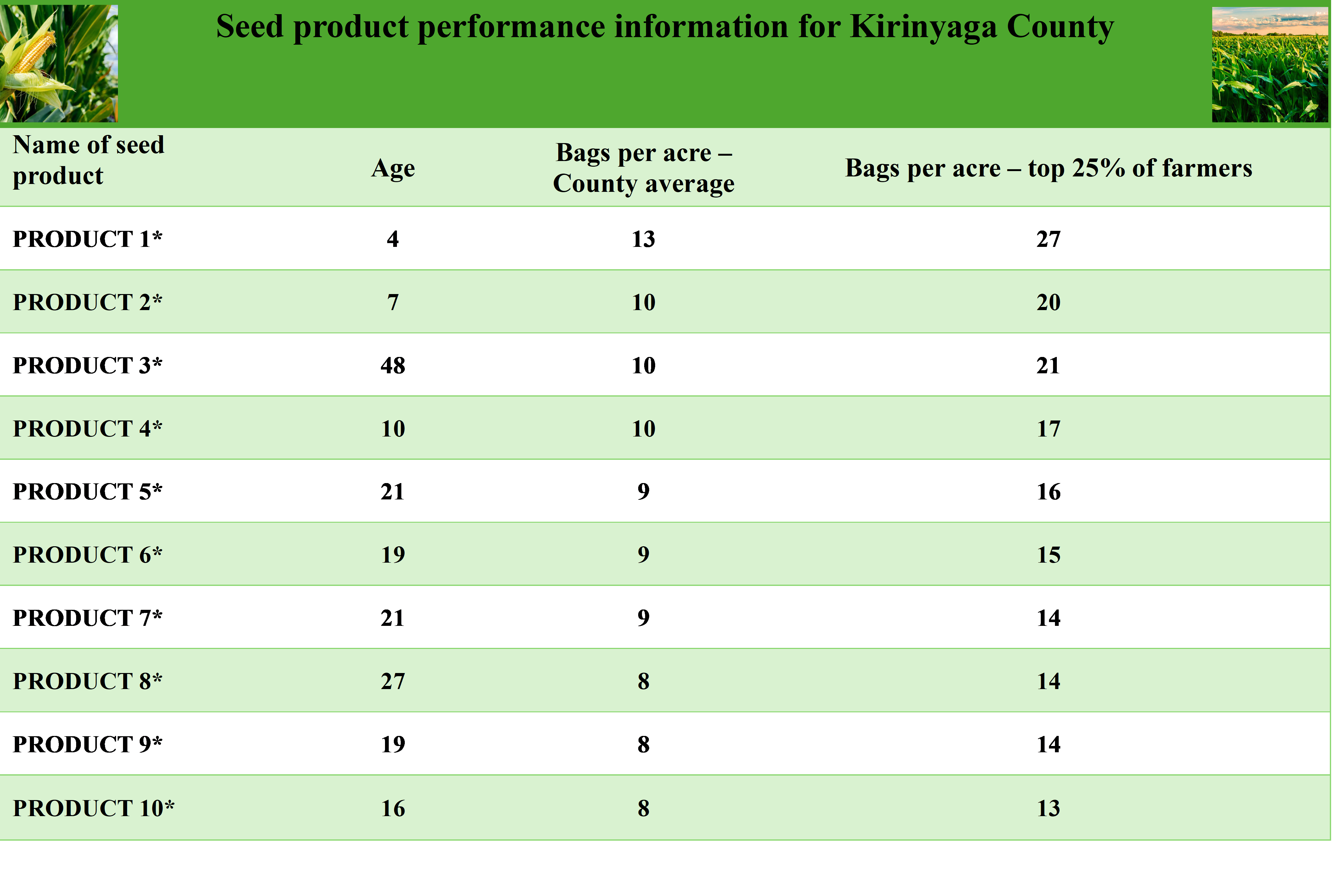
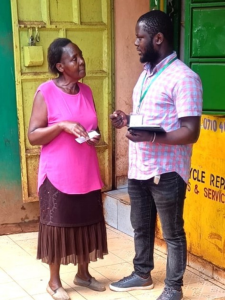
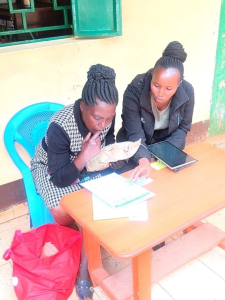
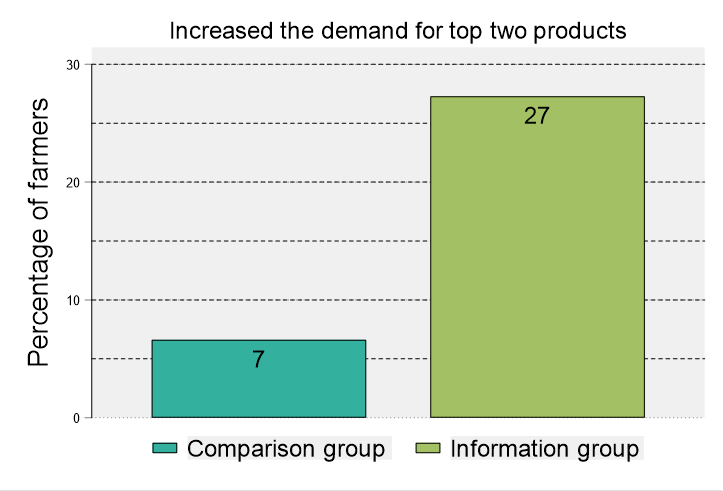
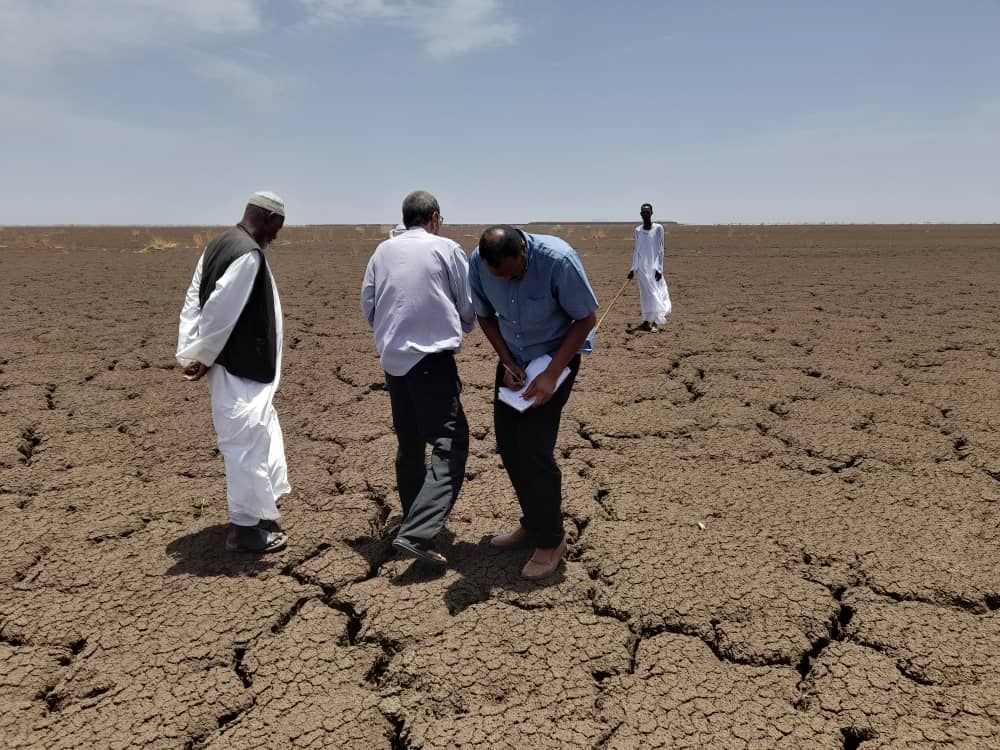


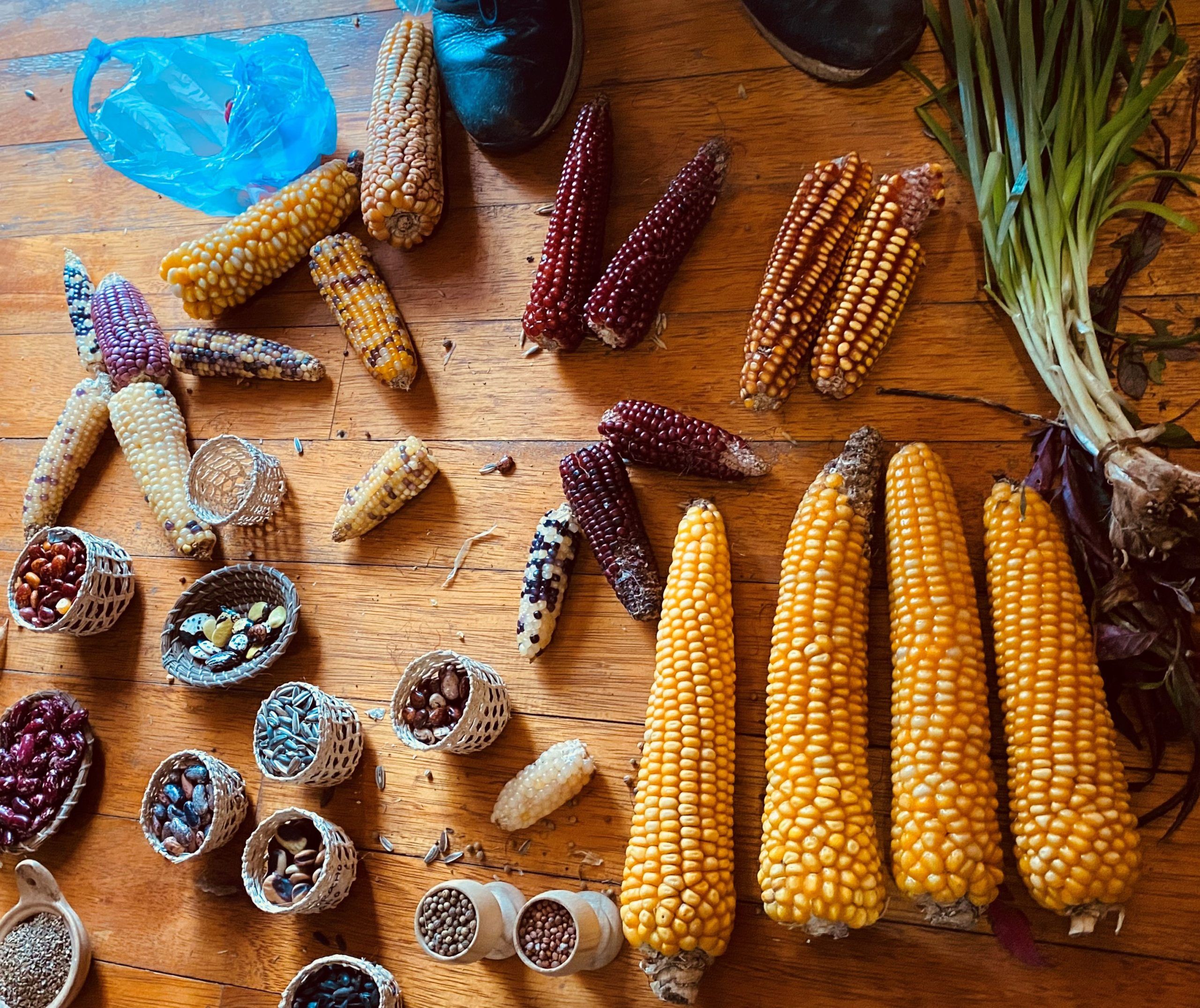

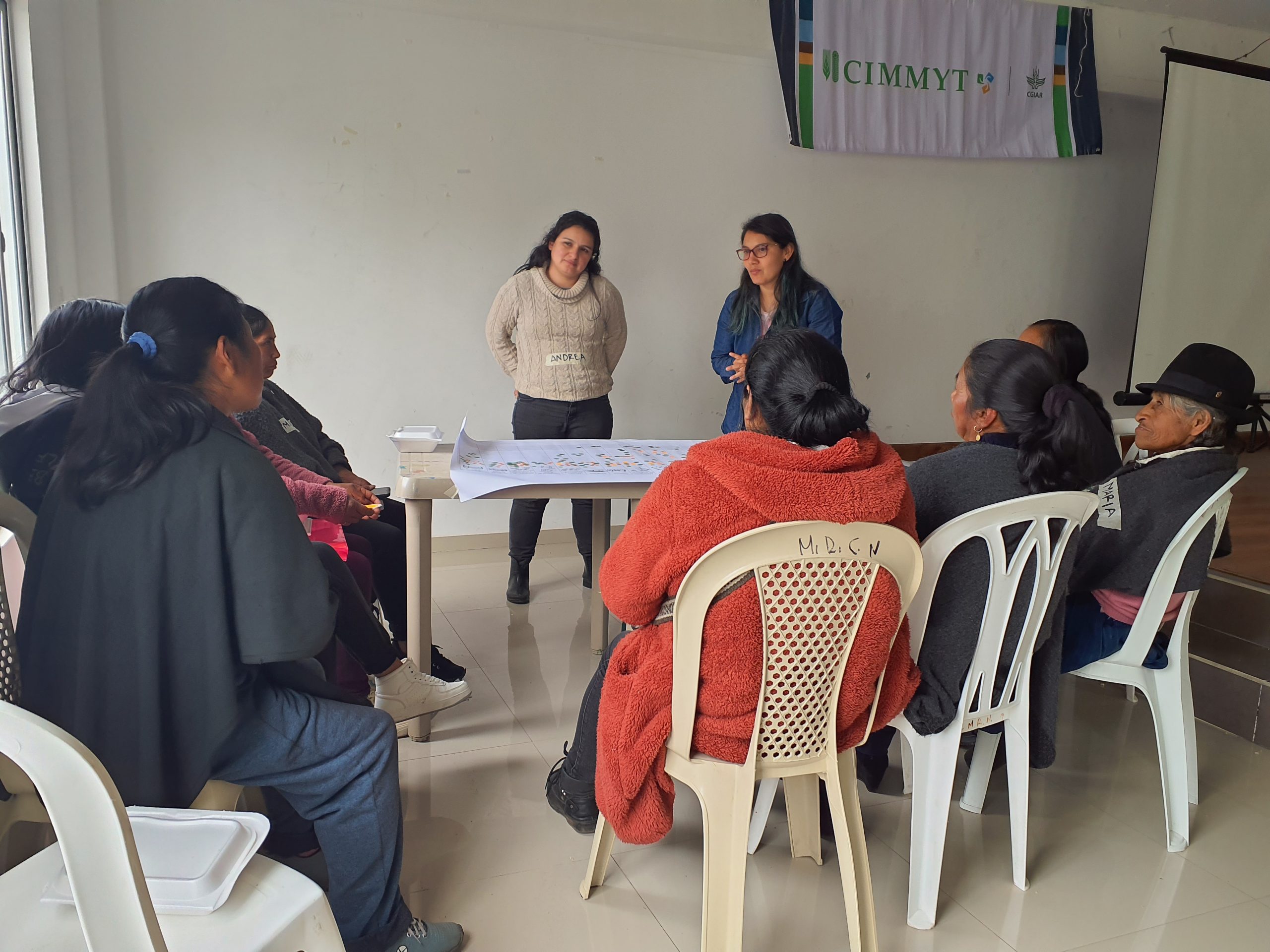
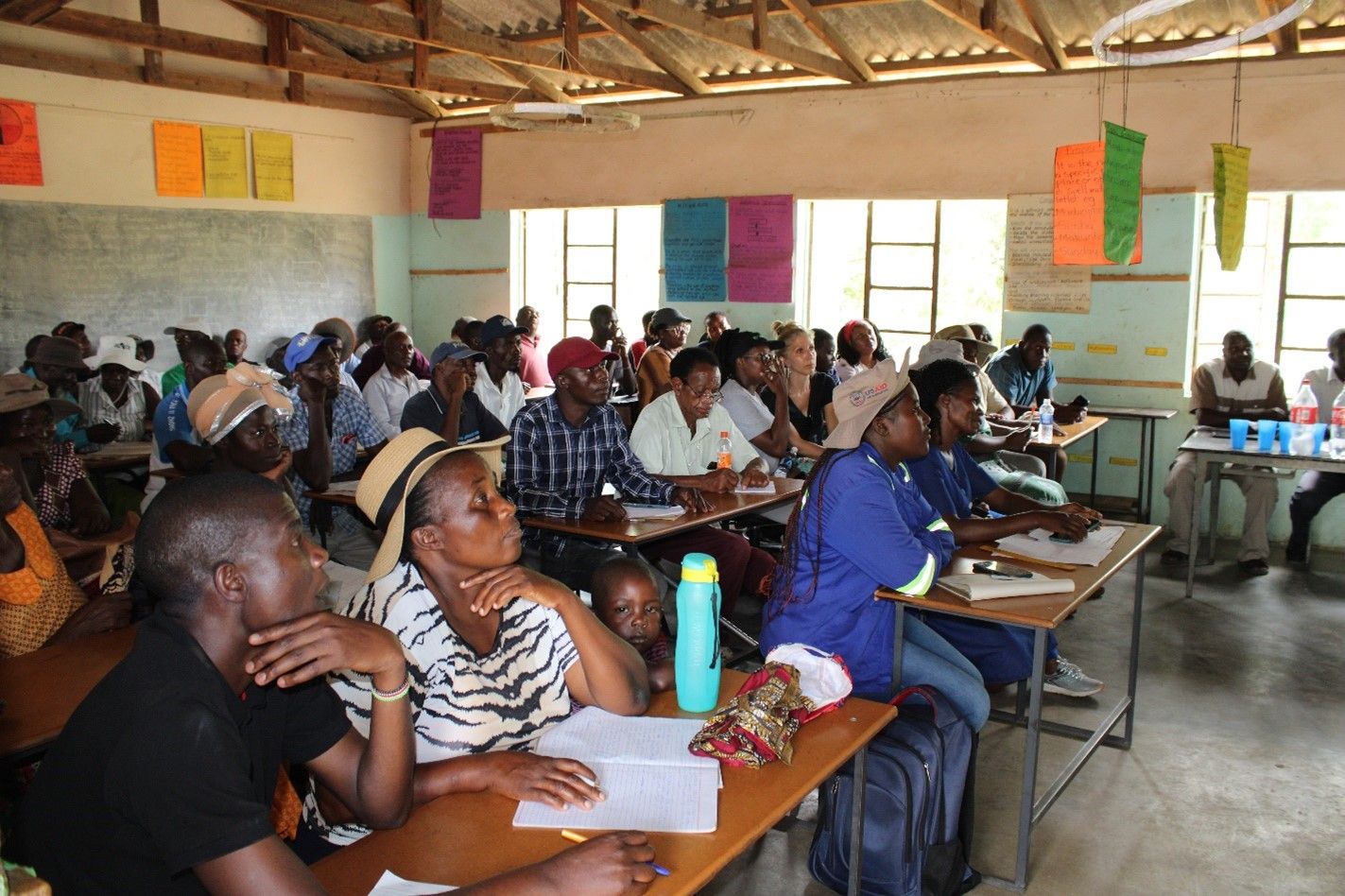





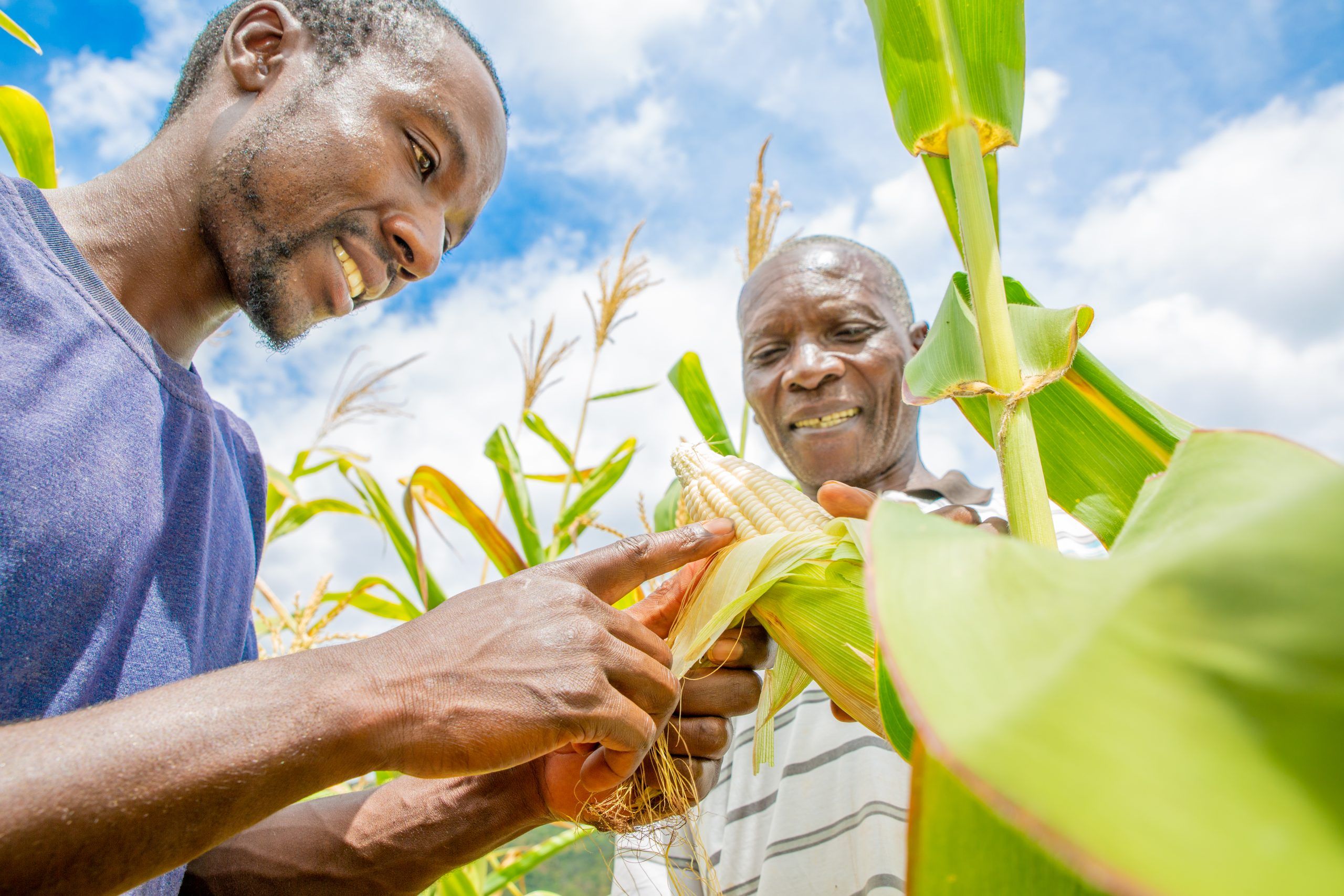


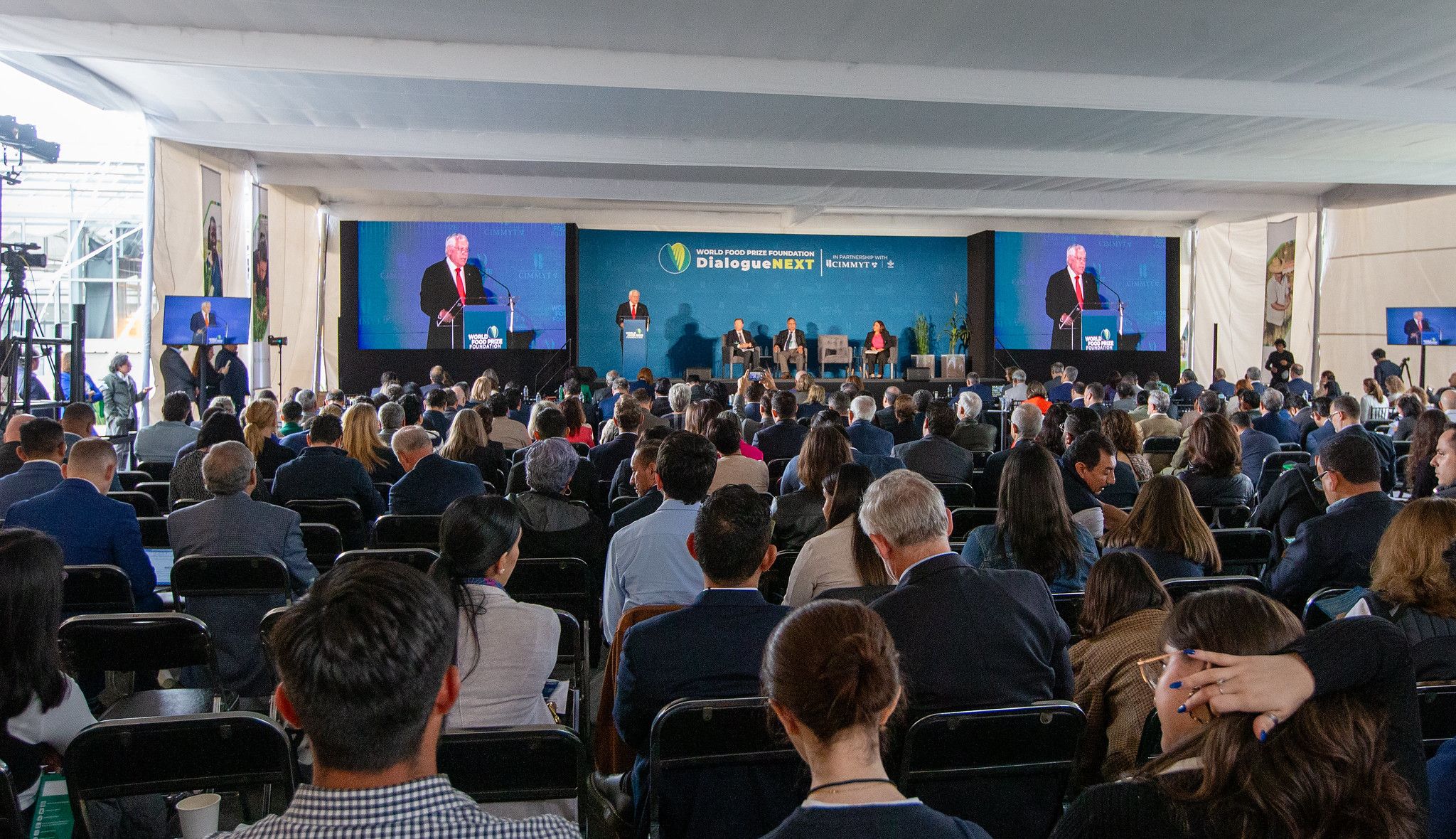
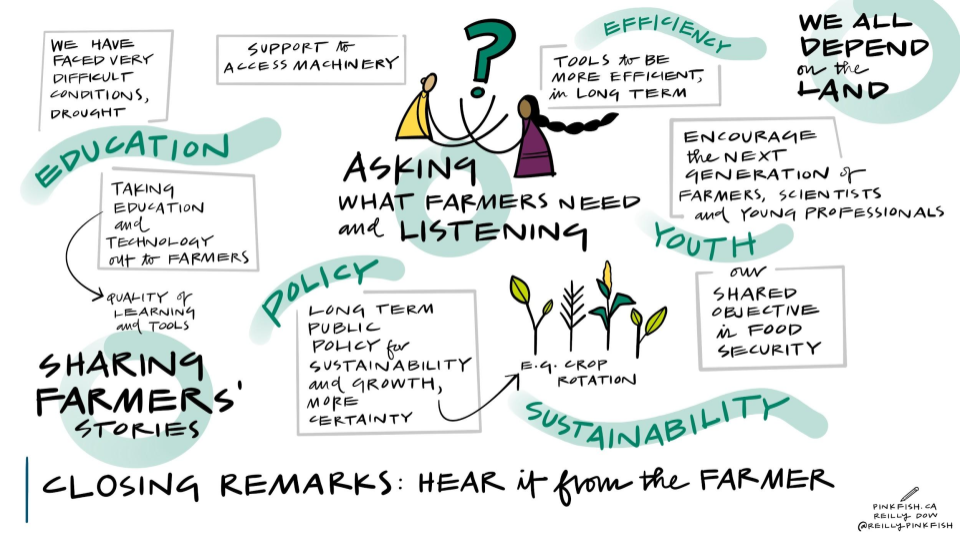 CIMMYT and African partners, in conjunction with USAID’s Feed the Future, have begun applying the MasAgro
CIMMYT and African partners, in conjunction with USAID’s Feed the Future, have begun applying the MasAgro 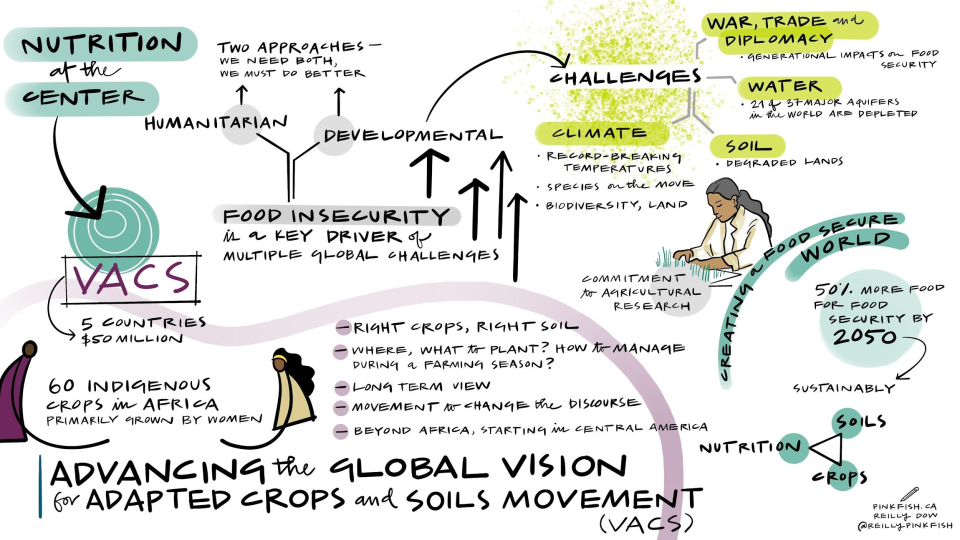 The
The 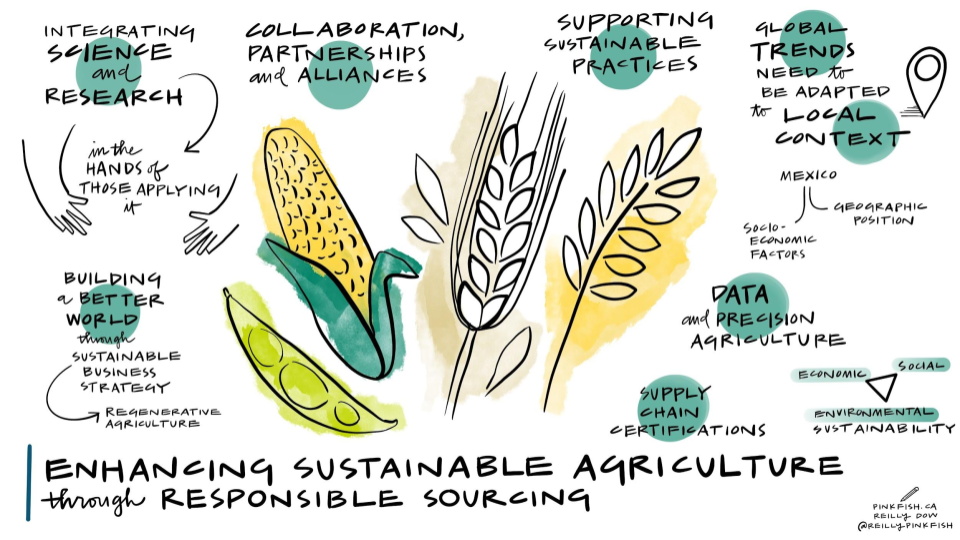 While healthy soils and crops are key to improved harvests, ensuring safe and nutritious food production is critical to alleviating hunger and inequities in food access. CIMMYT engages with private sector stakeholders such as Bimbo, GRUMA, Ingredion, Syngenta, Grupo Trimex, PepsiCo, and Heineken, to mention a few, to “link science, technology, and producers,” and ensure strong food systems, from the soils to the air and water, to transform vital cereals into safe foods to consume, like fortified bread and tortillas.
While healthy soils and crops are key to improved harvests, ensuring safe and nutritious food production is critical to alleviating hunger and inequities in food access. CIMMYT engages with private sector stakeholders such as Bimbo, GRUMA, Ingredion, Syngenta, Grupo Trimex, PepsiCo, and Heineken, to mention a few, to “link science, technology, and producers,” and ensure strong food systems, from the soils to the air and water, to transform vital cereals into safe foods to consume, like fortified bread and tortillas.
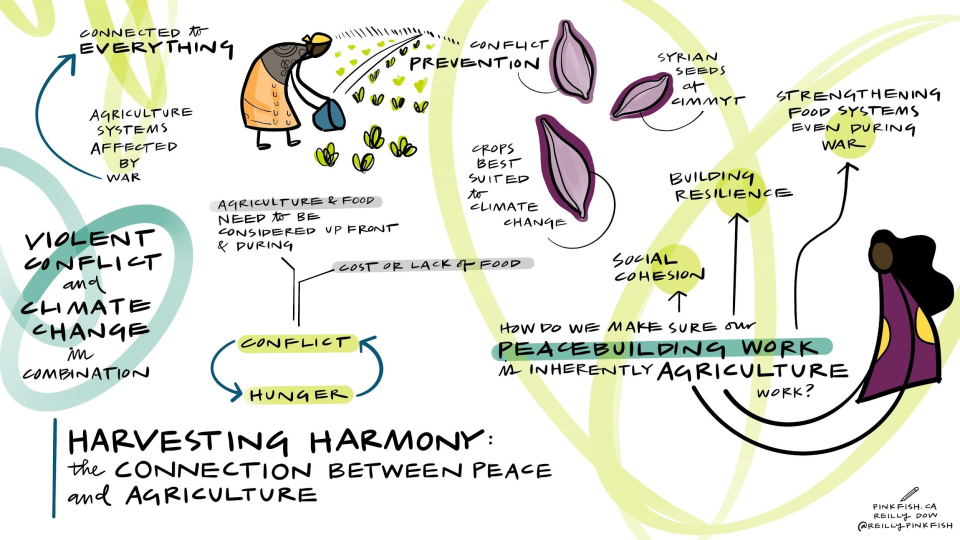 National governments play a critical role in ensuring that vulnerable populations are included in global approaches to strengthen food systems. Mexico’s Secretary of Agriculture, Victor Villalobos, shared examples of how government intervention and political will through people-centered policies provides greater direct investment to agriculture and reduces poverty, increasing shared prosperity and peace. “Advances must help to reduce gaps in development.” Greater access to improved agricultural practices and digital innovation maintains the field relevant for farmers and safeguards food security for society at large. Apart from Mexico, key government representatives from Bangladesh, Brazil, Honduras, India, and Vietnam reaffirmed their commitment to CIMMYT’s work.
National governments play a critical role in ensuring that vulnerable populations are included in global approaches to strengthen food systems. Mexico’s Secretary of Agriculture, Victor Villalobos, shared examples of how government intervention and political will through people-centered policies provides greater direct investment to agriculture and reduces poverty, increasing shared prosperity and peace. “Advances must help to reduce gaps in development.” Greater access to improved agricultural practices and digital innovation maintains the field relevant for farmers and safeguards food security for society at large. Apart from Mexico, key government representatives from Bangladesh, Brazil, Honduras, India, and Vietnam reaffirmed their commitment to CIMMYT’s work.

